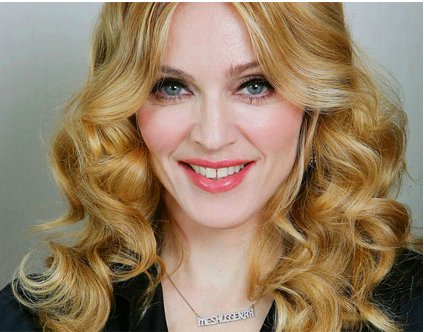The body naturally forms small amounts of scar tissue around foreign objects as a means of protecting itself; this is a normal occurrence and breast implants are no exception. “Scarring varies significantly from patient to patient and depends on many factors including genetics,” says La Jolla, CA, plastic surgeon Robert Singer, MD. If the body does its job too well, in a sense overreacting to the implant, then the scar tissue contracts and compresses the implant, making it hard. The excess or constricting scar tissue results in capsular contracture. In a very small percentage of patients, scar tissue can become so severe that it can squeeze the breast implant and cause a visible deformity. The condition is more common with implants that are too large for a woman’s breast tissue and implants that are placed under the breast tissue alone and not under the pectoral muscle.
Early mild cases of capsular contracture can be reduced with breast massage and/or minimal surgical release. Severe cases will likely require that the capsular scar tissue be surgically released or removed, and the breast implant repositioned or replaced. Additionally, there is a slight chance of unexpected milk production following the insertion of breast implants. This may stop on its own or may require prescription medication from your plastic surgeon.
Find a Doctor
Find a NewBeauty "Top Beauty Doctor" Near you








